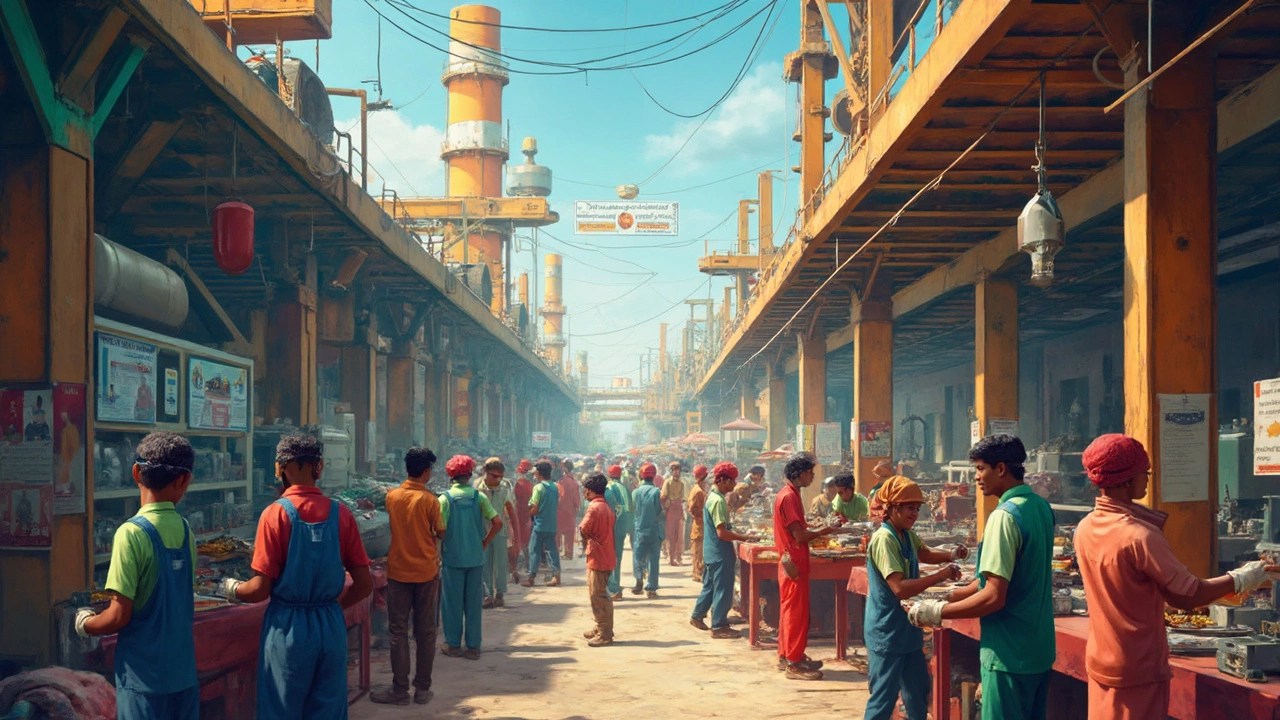Government Definition: Simple Explanation and Key Types
When you hear the word "government," you probably picture politicians, laws, and maybe a big building. At its core, a government is just the group of people who make and enforce rules for a country, state, or community. It’s the system that decides how resources are shared, how security is kept, and how disputes are settled. Think of it as the organizer of society, turning collective needs into actions.
Core Functions of a Government
The first thing to know is that governments have three basic jobs. The first is legislation – writing the laws that tell us what we can and can’t do. The second is execution – putting those laws into practice through agencies, police, schools, and hospitals. The third is judgment – resolving disagreements when laws are broken, usually through courts. Together, these functions keep society running smoothly, protect rights, and provide services like education and health care.
Common Types of Government
Not all governments look the same. The most common types are democracies, monarchies, and authoritarian regimes. In a democracy, power comes from the people, either directly or through elected representatives. A monarchy has a king, queen, or emperor as the symbolic head, but the real power can be either limited (constitutional monarchy) or absolute. An authoritarian government concentrates power in a single leader or a small group, often limiting political freedom and dissent.
There are also hybrids, like a constitutional monarchy that works like a democracy (think of the UK) or a socialist republic that blends elected officials with state‑run industries. Each mix shapes how laws are made, who enforces them, and how much input citizens have.
Knowing the definition of government helps you understand news headlines, civic duties, and why certain policies affect you. If you realize that a government’s main goal is to organize society, you can better see why debates over taxes, education, or security matter so much.
Finally, remember that governments aren’t static. They evolve with cultural shifts, economic pressures, and technological changes. The rise of digital governance, for example, shows how new tools can change the way rules are made and checked. Keeping an eye on these trends lets you stay ahead of the curve and participate more effectively in the decisions that shape everyday life.
So next time you hear someone talk about "the government," you’ll know it’s more than a name on a building. It’s the whole system that decides how we live together, protects our safety, and provides services we often take for granted. Understanding its definition, main duties, and varieties gives you a clearer picture of the world you live in.

Understanding the Government's Definition of Manufacturing
The government's definition of manufacturing plays a critical role in shaping policy and providing economic incentives. This article delves into what exactly constitutes manufacturing in the eyes of government bodies, exploring the criteria and classifications used. It also highlights the impacts on industry players and how this definition influences access to various government schemes. By outlining key facts and tips, readers can better understand how their manufacturing business fits within regulatory frameworks.
